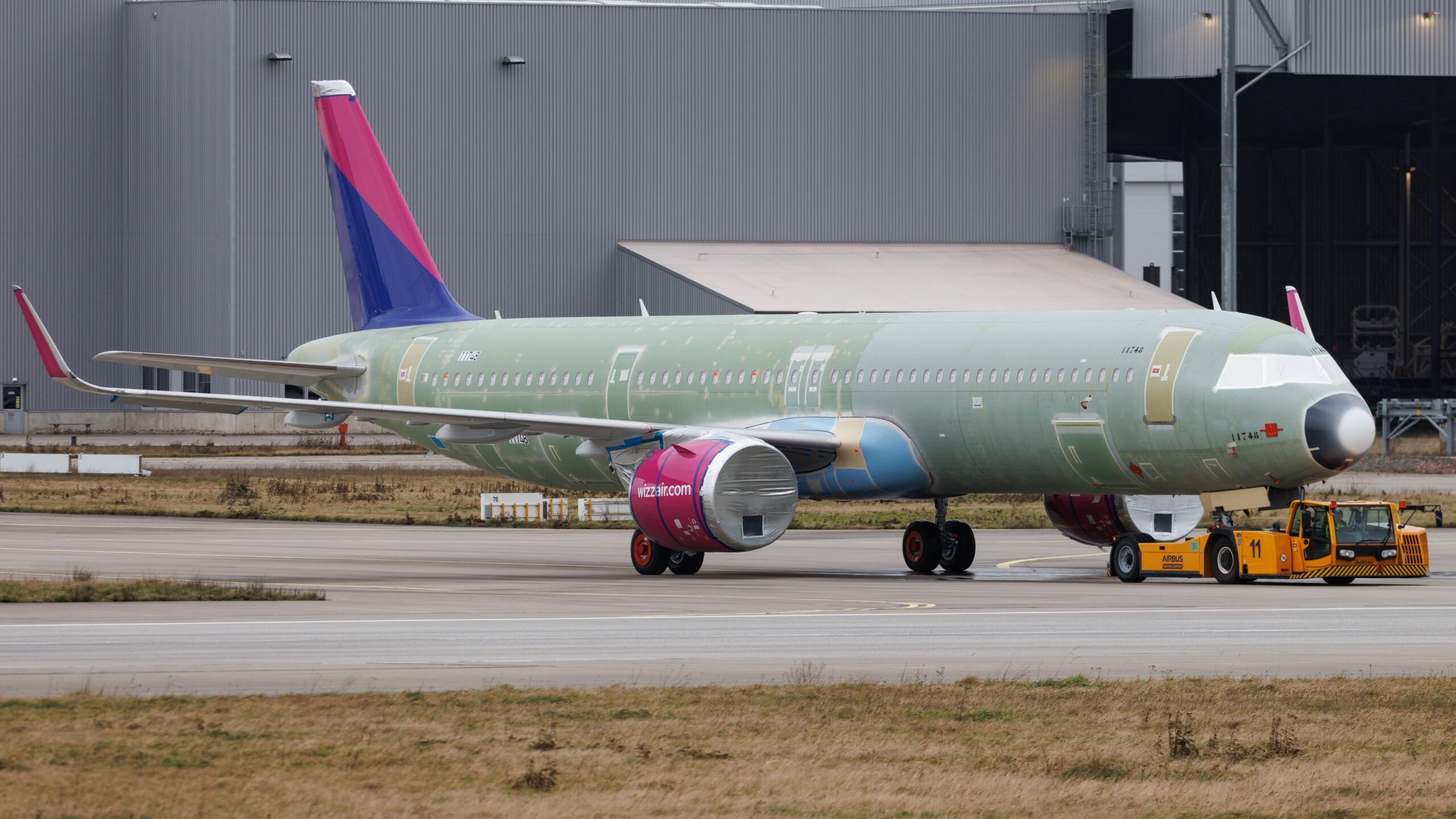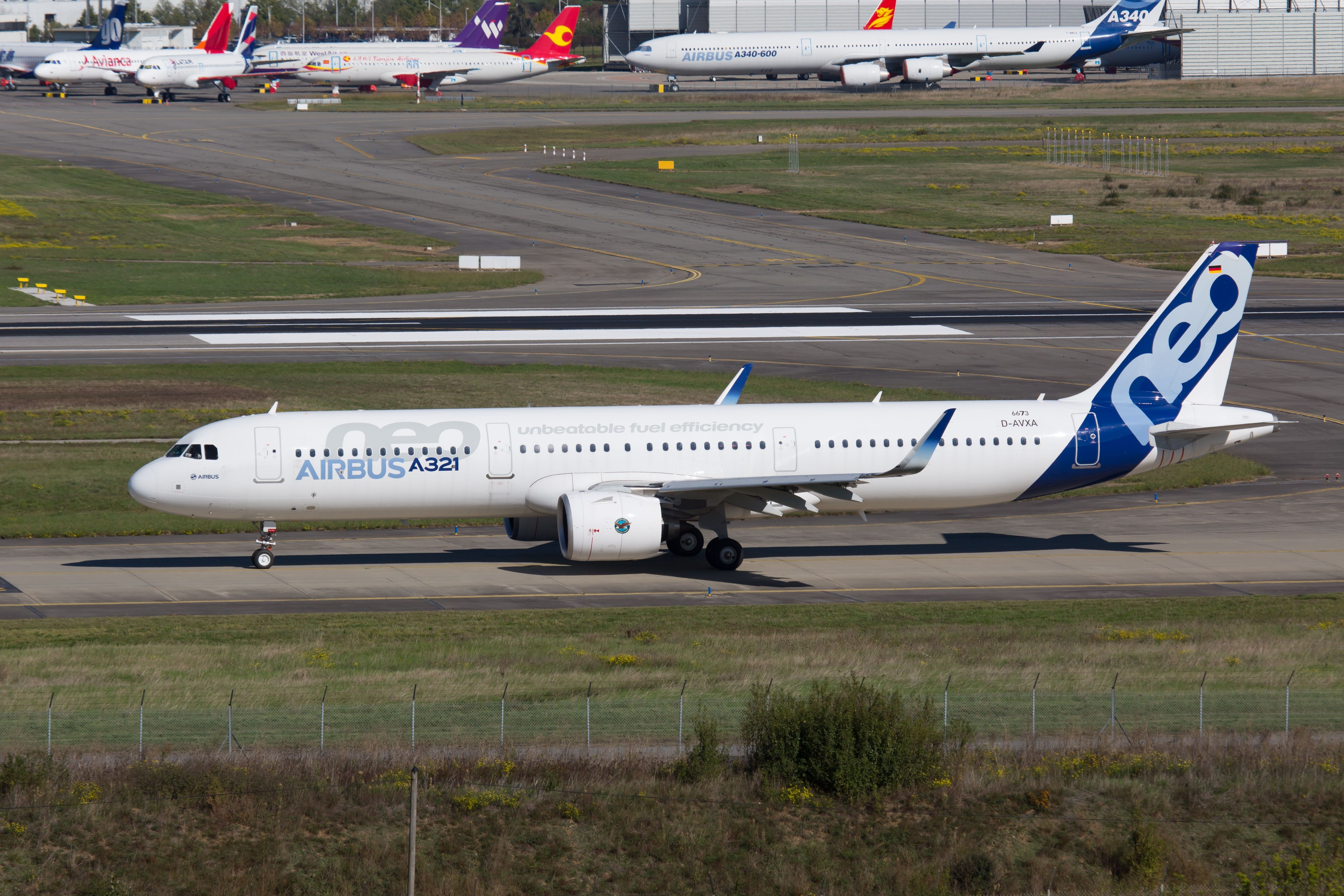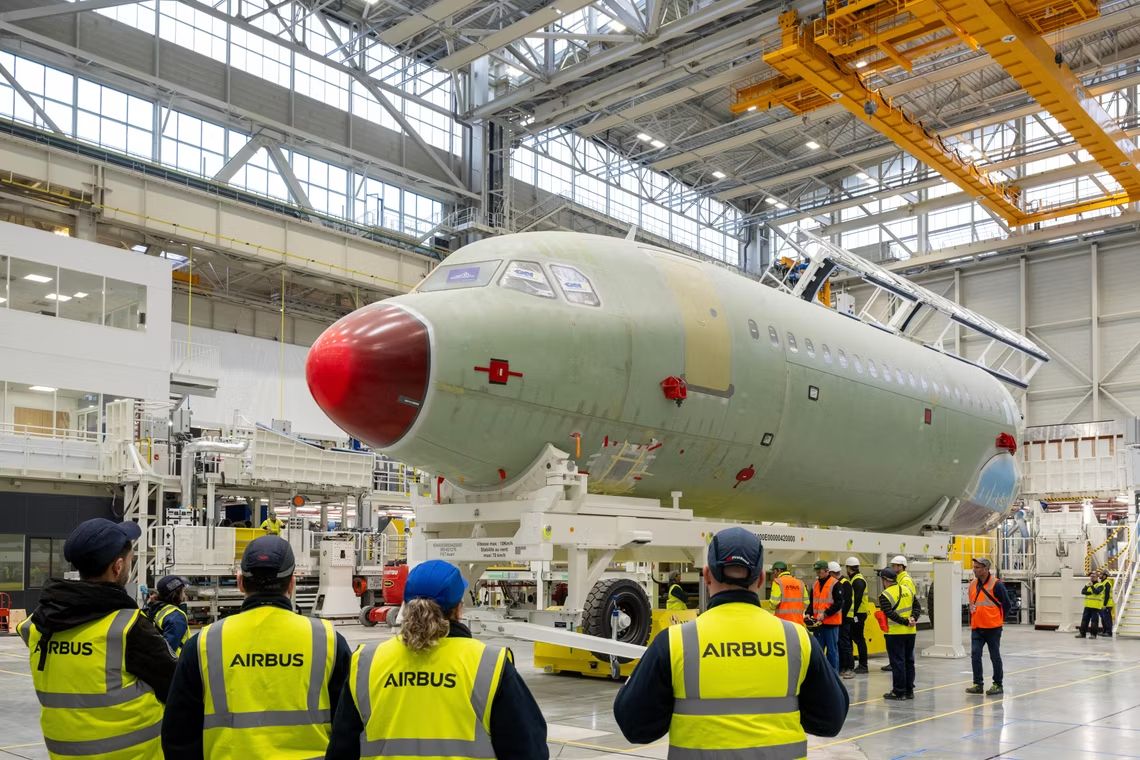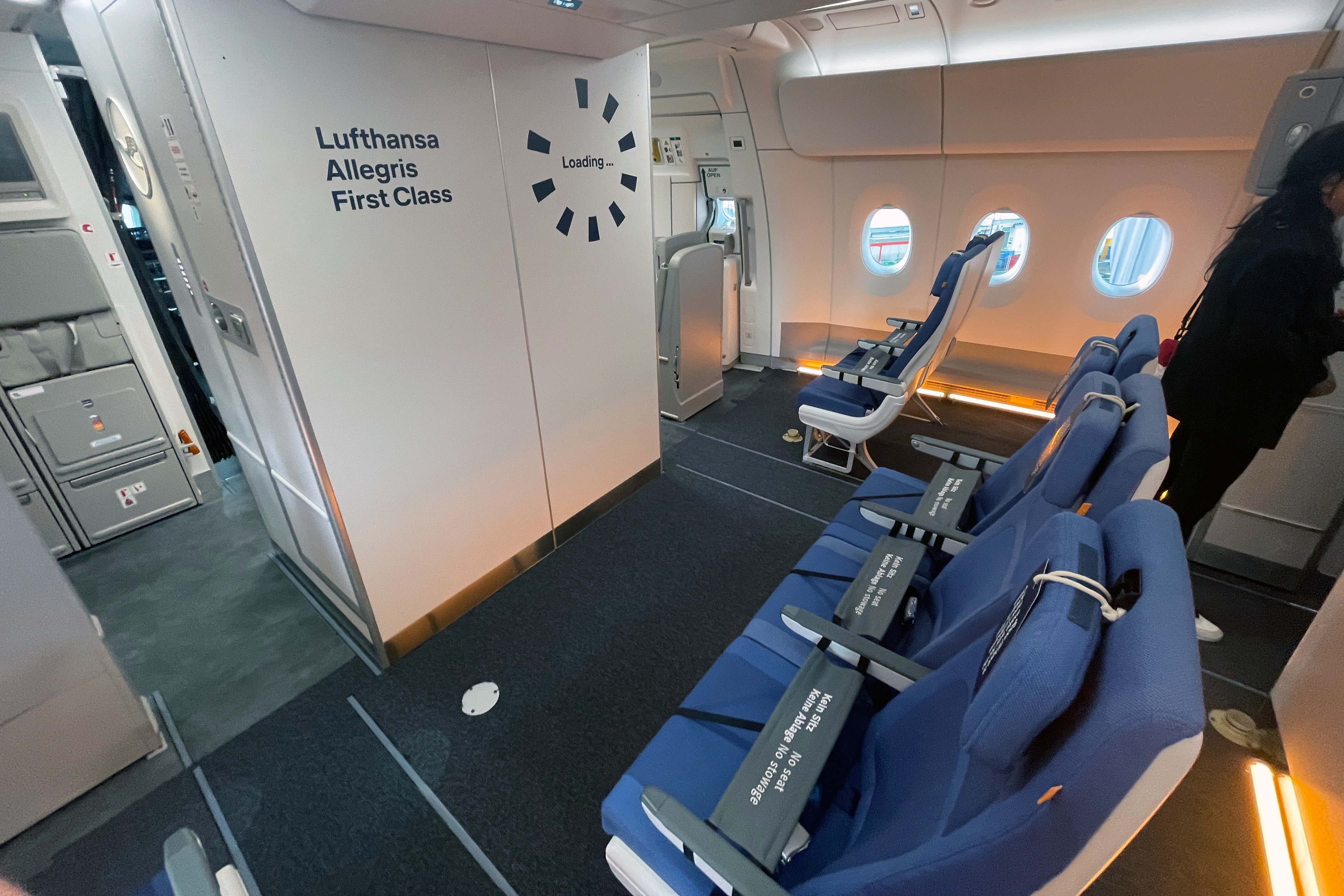Summary
- Airbus admitted that as it has been facing supply chain issues, it had to revise its 2024 guidance, which now includes fewer aircraft deliveries.
- While previously, the aircraft manufacturer had planned to deliver around 800 aircraft in 2024, the revised guidance now includes around 770 aircraft during the year.
- Furthermore, this will impact its 2024 earnings before interest and taxes (EBIT) and free cash flow (FCF) before customer financing guidance.
Airbus was forced to adjust its year-end aircraft delivery, earnings before interest and taxes (EBIT), and free cash flow (FCF) before customer financing guidance, with supply chain issues affecting the manufacturer’s operations and ability to deliver aircraft. Still, the company has planned to deliver more aircraft than in 2023.
Engine, fuselage, and cabin equipment shortages
In a guidance update issued on June 24, Airbus admitted that it has been facing persistent supply chain issues, leading to a shortage of engines, aerostructures, and cabin equipment. As a result, the European plane maker said that it would deliver around 770 aircraft in 2024, compared to the 800 aircraft that it had anticipated delivering beforehand. Furthermore, its planned ramp-up to 75 Airbus A320neo family aircraft per month production rate was delayed by a year, from 2026 to 2027, indicating that the supply chain was still not prepared to support the manufacturer’s plans.
Photo: Skycolors | Shutterstock
Airbus also disclosed that its Space Systems management team conducted an extensive technical review of all of its programs, identifying further commercial and technical challenges. Thus, the company will book an approximately €900 million ($965.3 million) charge in its H1 2024 results, which it will publish on July 30. Nevertheless, in addition to revising downward its aircraft delivery guidance, the company disclosed that it was planning to end 2024 with an adjusted EBIT of around €5.5 billion ($5.8 billion) and FCF before customer financing of around €3.5 billion ($3.7 billion).
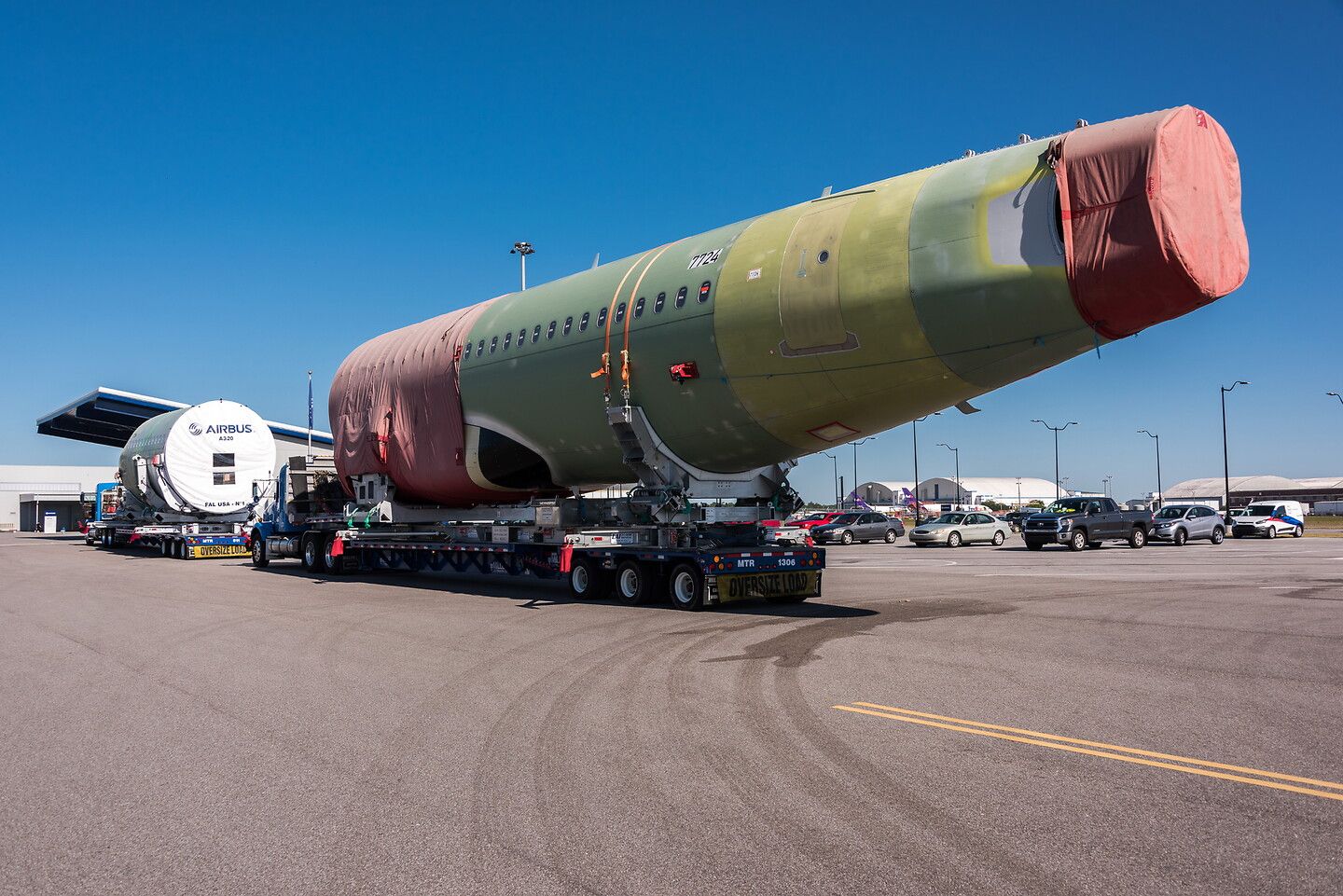
Related
Airbus Aims For 50% Increase In A320 Production By 2025
The manufacturer has confirmed its intention to produce 75 A320s a month by 2025 as its profits rose by more than 200%
Reiterating its goals
When Airbus disclosed its 2023 results, the company’s guidance included 800 aircraft deliveries, an adjusted EBIT between €6.5 billion ($6.9 billion) and €7.0 billion ($7.5 billion), and FCF before customer financing of around €4 billion ($4.2 billion). In Q1 2024, Airbus stated that its guidance, which it issued with its 2023 results, had remained unchanged. In comparison, in 2023, the European plane maker delivered 735 aircraft, ending the year with a reported EBIT of €4.6 billion ($4.9 billion) and FCF before mergers and acquisitions (M&A) and customer financing of €4.4 billion ($4.7 billion).
Photo: Airbus
As of May 31, 2024, it had delivered 256 aircraft, which includes 208 Airbus A320neo family aircraft, split between 95 A320neo and 113 A321neos. This meant that, on average, it had delivered 19 A320neo and 22.6 A321neo aircraft per month, compared to 16.2 A320neo and 23 A321neos average monthly deliveries during the same period in 2023.
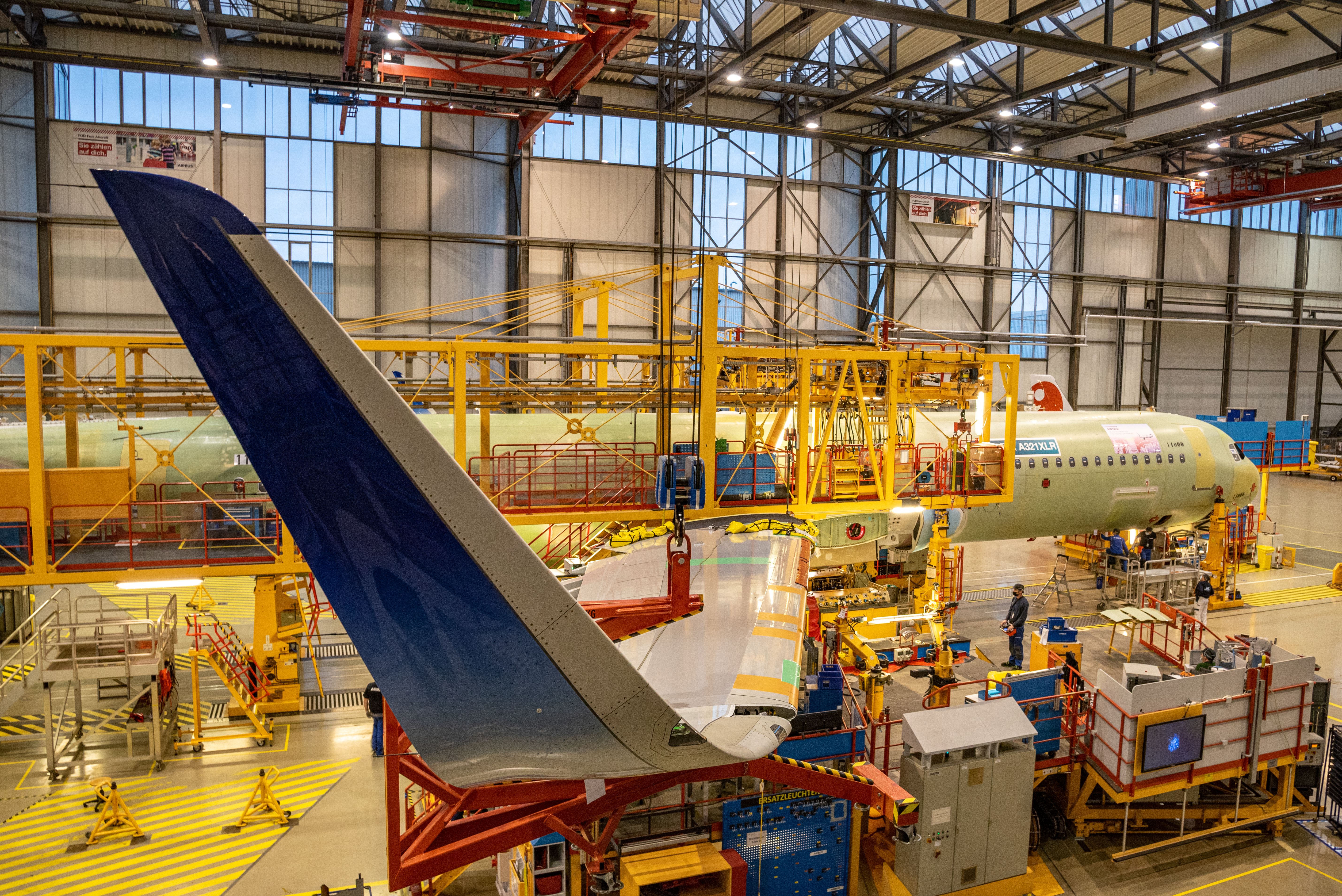
Related
Airbus 2024 Deliveries Reach 256 Jets With 8579 In Backlog
Airbus and Boeing are facing different but equally important challenges and need to be mindful of what COMAC is doing in the Chinese market.
Supply chain struggles
According to ch-aviation data, Airbus had delivered 229 A320neo family aircraft between January 1 and June 25. 119 of those are powered by the CFM International LEAP-1A, while 110 are powered by the Pratt & Whitney PW1100G engine. However, it was not only Pratt & Whitney that was struggling with its supply chain amidst accelerated engine removals and inspections.
During GE Aerospace’s first-ever quarterly earnings call in April, Rahul Ghai, the company’s senior vice president and chief financial officer (CFO), stated that the shipments of LEAP engines, which also includes the LEAP-1B, exclusively powering the Boeing 737 MAX aircraft family, was roughly flat year-on-year (YoY) “given the supply chain challenges.” Ghai added that, as expected, spare engine deliveries were slightly down YoY.
Photo: Tom Boon | Simple Flying
One of the more extreme examples of cabin equipment, including seat shortages, was Lufthansa’s struggles with the introduction of the Allegris cabin. Not only did it have to push back the entry date of the renewed long-haul interior from 2023 to 2024, but it also had to ship two newly delivered Airbus A350-900s, registered as D-AIXR and D-AIXS, to Teruel Airport (TEV), Spain.
While both have now been moved back to Toulouse Airport (TLS) in May, where Airbus is based, for a presumed cabin finish, Lufthansa’s first Allegris-equipped A350-900, registered as D-AIXT, entered service without first class seats. Instead, the first class cabin is equipped with economy class seats with a tag that said that the seats would make way for first class equipment soon.
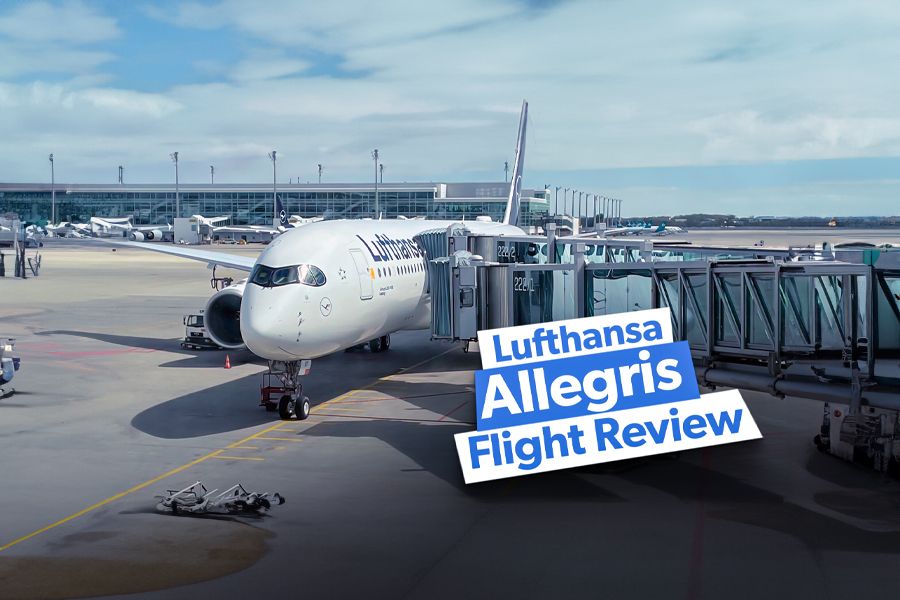
Related
Flight Review: Lufthansa’s Brand New Allegris Business Class Cabin
Simple Flying was onboard the first passenger flight with the new Allegris cabin.

